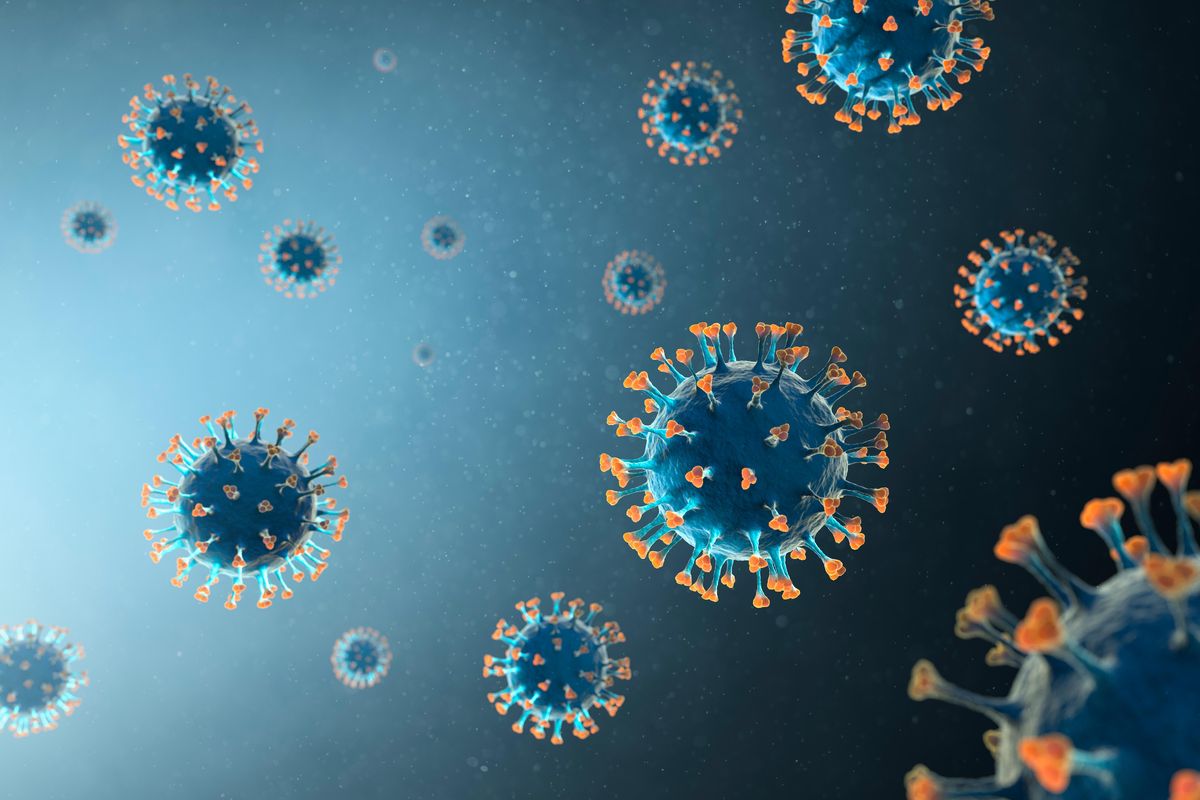Science Tips Tips Tricks Technology New Research Shows Electroceutical Fabric Eradicates Coronavirus Infectivity On Contact

Science Tips Tips Tricks Technology
3D visualization of the coronavirus. Researchers from Indiana University recently published a study … [+] which showed demonstrated how coronavirus infectivity is eradicated on exposure to an electroceutical fabric.
In the fight against Covid-19, protective personal equipment has played a central and critical role for the safety of healthcare workers. However, the virus can attach to the surface of PPE where it may continue to be infectious for an extended period of time. There’s a risk that a person removing their face mask could touch viral particles latched onto the outside and further spread the virus.
A preprint paper published recently by scientists from Indiana University suggests a fabric which eradicates the infectivity of coronaviruses on contact by generating an electric field could be the answer to the problem.
Last month, a team of researchers determined a hybrid combination of one layer of cotton and two layers of chiffon is the most effective fabric for a face mask. They noted the high-efficiency of the combination is likely due to the combined effect of mechanical and electrostatic filtration of infective particles.
The new study from IU further explores the potential of electrostatic forces to act against Covid-19.
The research is a part of a still-growing field of medical devices known as “electroceuticals” — a fusion of the words “electrostatic” and “pharmaceuticals.” Electroceuticals use weak electric fields not harmful to humans to treat a variety of conditions. Pacemakers, which are used to treat arrhythmias, are one common example.
Chandan Sen, the paper’s lead author and director of the Indiana Center for Regenerative Medicine and Engineering, previously worked on developing the current-generating fabric for antimicrobial applications. Bioelectric technology company Vomaris Inc currently commercializes the electroceutical fabric for use as a pathogen-killing wound dressing.
The fabric is polyester printed with little metal dots made of zinc and silver. The geometric, alternating pattern of zinc and silver make microcell batteries which generate an electric field upon exposure to moisture. When used in wound care, the electric field prevents biofilms from forming and reduces the risk of bacterial infection during the healing process.
Knowing viruses rely on electrostatic forces to assemble and attach to cells, the researchers suspected the electroceutical fabric could be used to destabilize the coronavirus as well.
As a control for their test, the team used a polyester fabric without the microcell batteries on the surface. They then exposed both fabrics to an aqueous solution containing cells with a respiratory coronavirus at room temperature and allowed it to absorb.
Their subsequent analysis revealed that just one minute of contact to the electroceutical fabric led to significant reduction in the electrokinetic property of the viral particles. Additionally, researchers monitored the infected cells recovered from the electroceutical fabrics and noticed an absence of the cytopathic effects expected in the presence of viral invasions.
The team reported the cells from the electroceutical fabric were as healthy as non-infected cells, indicating the virus had lost its infectivity, while cells from the control fabric didn’t receive the same protection.
Though further studies are needed to characterize the structural change of coronaviruses in exposure to electroceutical fabric, the researchers hope their findings are the first step toward receiving FDA Emergency Use Authorization which will allow the technology to be distributed widely for use as face masks.




